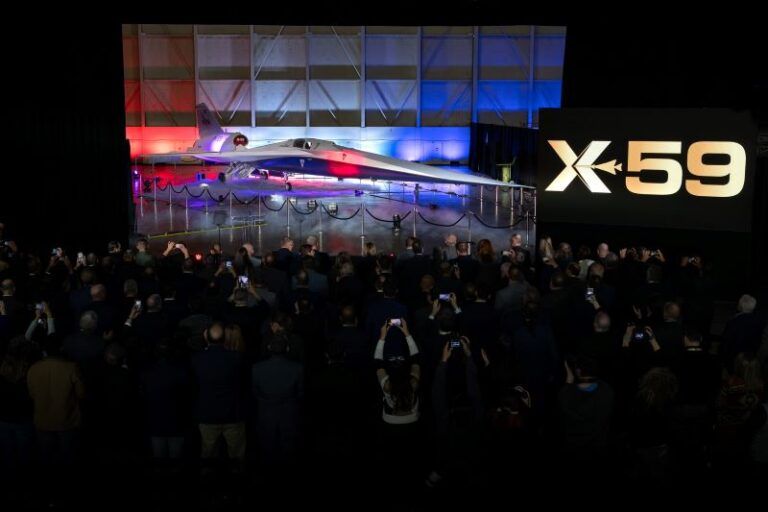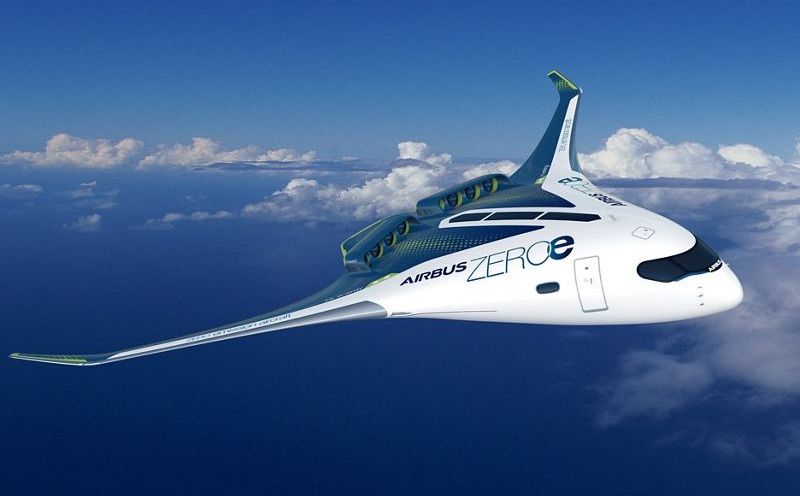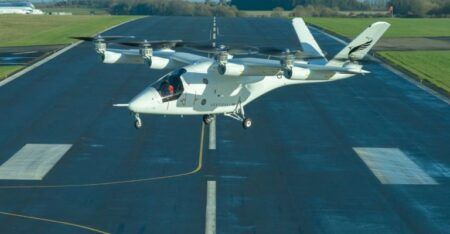NASA and Lockheed Martin have rolled out its X-59 experimental aircraft, which is testing technologies intended to quieten sonic booms and enable supersonic flights over land.
X-59 was rolled out during a ceremony at Lockheed Martin Skunk Works’ Palmdale, California facility last week attended by senior officials from NASA, Lockheed Martin and the US Government.
X-59 has been built for NASA’s QueSST (Quiet SuperSonic Technology) program by Lockheed Martin. Quesst launched in 2017.
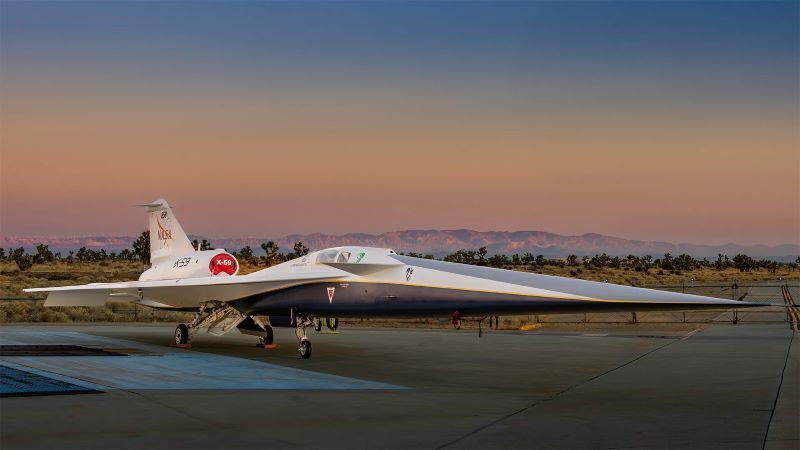
NASA plans to use X-59 to test technology that makes sonic booms quieter. The data gathered will be used by aviation regulators to rewrite rules that prohibit commercial supersonic flight over land because of the disturbance caused by noisy sonic booms.
Deputy administrator at NASA Pam Melroy said, “In just a few short years we’ve gone from an ambitious concept to reality. NASA’s X-59 will help change the way we travel, bringing us closer together in much less time.”
The X-59 is expected to fly at Mach 1.4 (925mph / 1,500km/h) at altitudes of 55,000ft. Its design and aerodynamic shaping, and other technologies enable the aircraft to achieve these speeds and generate what NASA calls a quiet “sonic thump”.
X-59 is 100ft long (30m) and 30ft wide (9m) with a thin, tapered nose which is almost a third of its length. The nose breaks up the shock waves that would ordinarily result in a supersonic aircraft causing a sonic boom.
The cockpit is located almost halfway down the length of the aircraft and does not have a forward-facing window. Instead, the aircraft uses a series of high-resolution cameras feeding a 4K monitor in the cockpit – the eXternal Vision System.
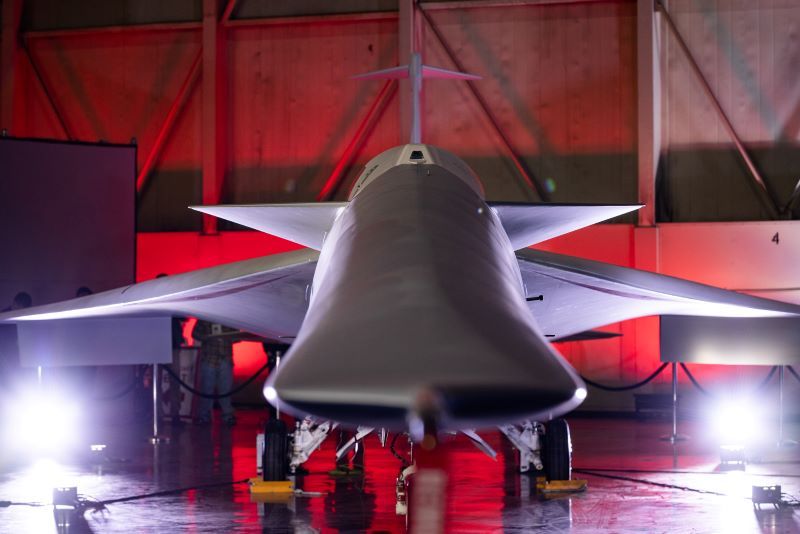
The aircraft’s one F414-GE-100 engine is mounted on top. This enables the aircraft to have a smooth underside, which helps keep shockwaves from merging behind the aircraft and causing a sonic boom.
In the coming months the aircraft will go through a ground testing program that includes engine-run and taxi tests. X-59’s first flight is planned for later this year, with its first quiet supersonic flight following after. This acoustic testing phase will include flights over populated areas in the USA.
The flight test program will start at Skunk Works before transferring to NASA’s Armstrong Flight Research Center in Edwards, California.


